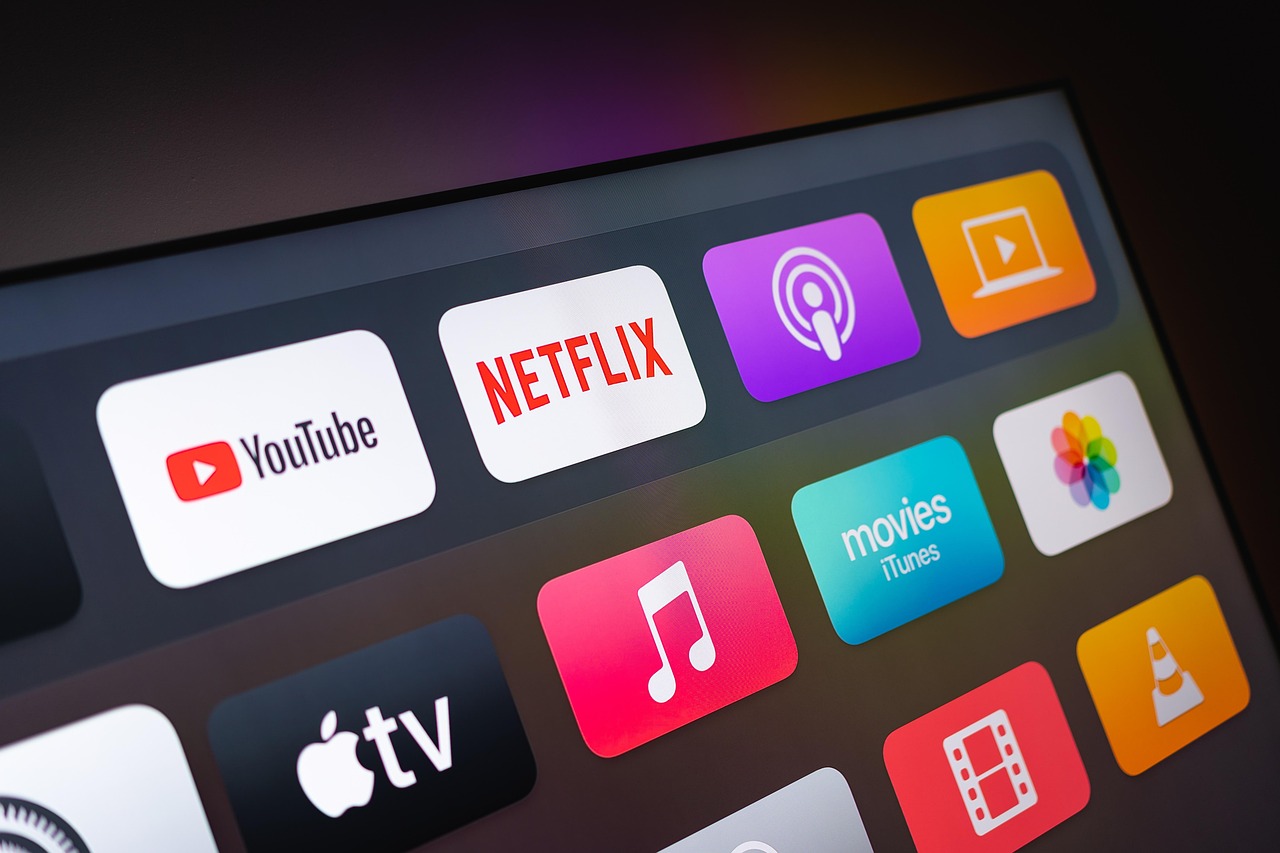Do streaming services still have room to grow? Let's take a look at what's driving the growing potential of streaming services so far. The numbers from the United States offer a prime example. The market there shows a penetration of streaming services somewhere around 85%. At the same time, the average number of subscriptions has risen from 2.6 in 2020 to 4.2 today. But most significantly, the average subscription price has jumped $10.42 to $16.13 in four years.
What does this imply? The market is already heavily saturated, and the business success of streaming platforms is currently being driven by price increases that even outpace inflation by several times. As of January 2023 alone, streaming giants in the U.S. were pricing at an average of 12.6 percent per year, with inflation averaging 3.3 percent.
Thus, the practice of the past few years has proven the initial notion that viewers would get nearly unlimited options for watching shows and movies at minimal prices to be false. All companies have gradually come under the thumb of investors and shareholders because the business model of each platform was unsustainable until recently. But where else can prices rise?
If the average American household subscribed to the four biggest players in the ad-free market - Netflix, Disney , HBO Max and Prime Video- it would pay $82 a month. It probably won't be a big surprise that the upward pressure on prices will be great, because the growth with subscriber numbers won't be perpetual.
Moving away from pure money talk, there are other interesting statistics that reveal the workings of the streaming giants. While just a few years ago it was said that viewers were mainly drawn to series and movies were declining in popularity, a recent survey by Parrot Analytics, which analyzed data from Netflix, Disney , Prime Video and HBO Max, shows that the opposite is true.
In 2022, movies accounted for approximately 27 percent of total streaming revenue. By 2024, that share will increase to nearly 50 percent. Which is more than a surprising turnaround. These numbers are consistent with what we see in Netflix's audience engagement reports - older movies from 2020 and earlier continue to generate significant viewership. Movies consistently outperform their potential and deliver disproportionately high audience engagement relative to the volume of content they represent.
Source: mediaguru.cz

